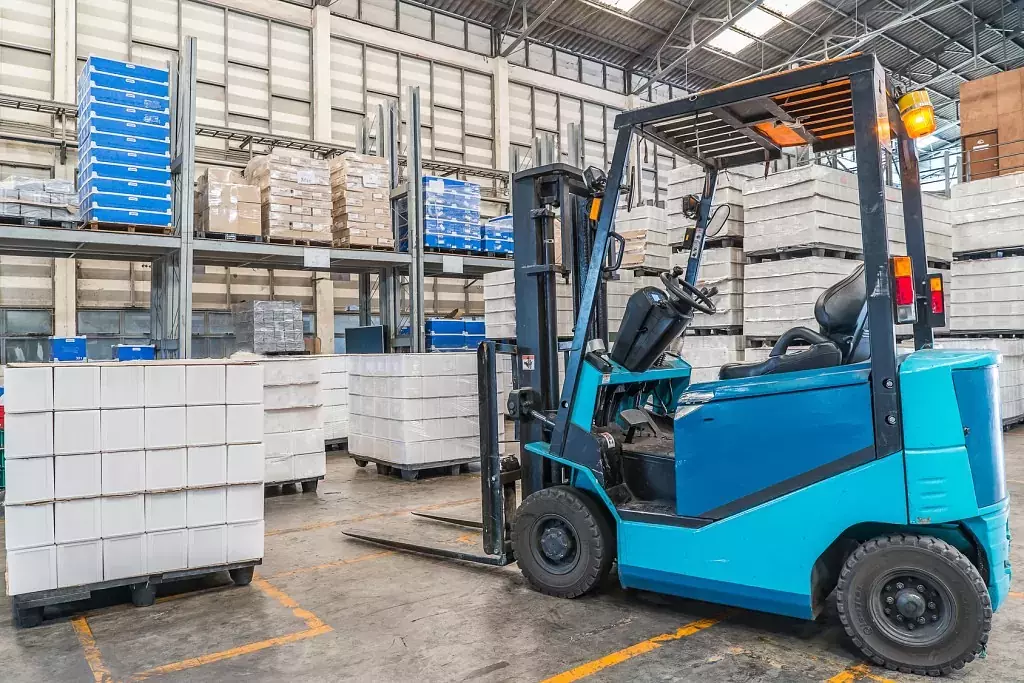 Safety should be the number one rule for every workplace, especially in warehouses where a slight negligence can lead to severe and even fatal consequences. As a result, it is important for warehouses to hire qualified forklift operators who understand the safety precautions behind operating a forklift. Because the amount of do’s and don’ts a forklift operator needs to remember can be overwhelming at times, here are 5 must read safety tips to help every forklift operator to work safely and efficiently around the warehouse.
Safety should be the number one rule for every workplace, especially in warehouses where a slight negligence can lead to severe and even fatal consequences. As a result, it is important for warehouses to hire qualified forklift operators who understand the safety precautions behind operating a forklift. Because the amount of do’s and don’ts a forklift operator needs to remember can be overwhelming at times, here are 5 must read safety tips to help every forklift operator to work safely and efficiently around the warehouse.
Forklift Instability
Forklift instability happens when a forklift loses its balance due to improper material handling or operation. A major cause of forklifts tipping over is when the forks are elevated with no load or a raised load. Consequently, a forklift operator should never drive with a raised load as it may cause the forklift to lose its stability. Apply brakes ahead of time to avoid sharp turns and sudden stops.
Speed and Stopping Distance
Every forklift operator understands the importance of safe speed and braking management. According to Monash University Accident Research Centre (MUARC), maximum braking cannot be applied to a laden forklift because the load will either slide or fall from the forks, sometimes overturning the entire forklift. The same research also found that a laden forklift traveling at four meters per second will need at least 10 meters to stop. As forklift operators, it is critical to adhere to safe driving practices by maintaining a comfortable traveling speed and exercising smart braking techniques.
Boarding and Unboarding
A qualified forklift operator should know better than to jump right off a tipping forklift and becoming the unfortunate receiving end of falling loads. The three-point contact rule when boarding and unboarding the forklift requires operators to (1) grab the rail as support; (2) secure their footing on the anti-slip surface; and (3) strap on the seat belt to avoid strains and falling straight out of an unstable forklift.
Load Management
Every forklift comes with a specific loading and lifting capacity. Putting on loads and operating a forklift beyond its lifting capacity are the ingredients for forklift overturn and other devastating accidents. It is wise to take a few rounds of material handling trips than challenging the loading capacity of your workhorse. Make sure also that your load is secure and stable. When in doubt, never hesitate to use ropes, bindings, and other tools to further secure the load.
Basic Forklift Knowledge
Besides erring on the side caution in your day-to-day operation, forklift operators should thoroughly examine their forklifts for potential mechanical problems before beginning their shift every morning. For example, remember to always check your tires as well as the fluid level of your oil, hydraulic, battery, fuel, and coolant. Perform a quick drive test to ensure that your control, steering, and braking systems are working properly. If you notice or feel anything suspicious (shaky operation, weird noises, and etc.), report it to your mechanic right away and use an alternative forklift instead. It’s better to be safe than sorry.
